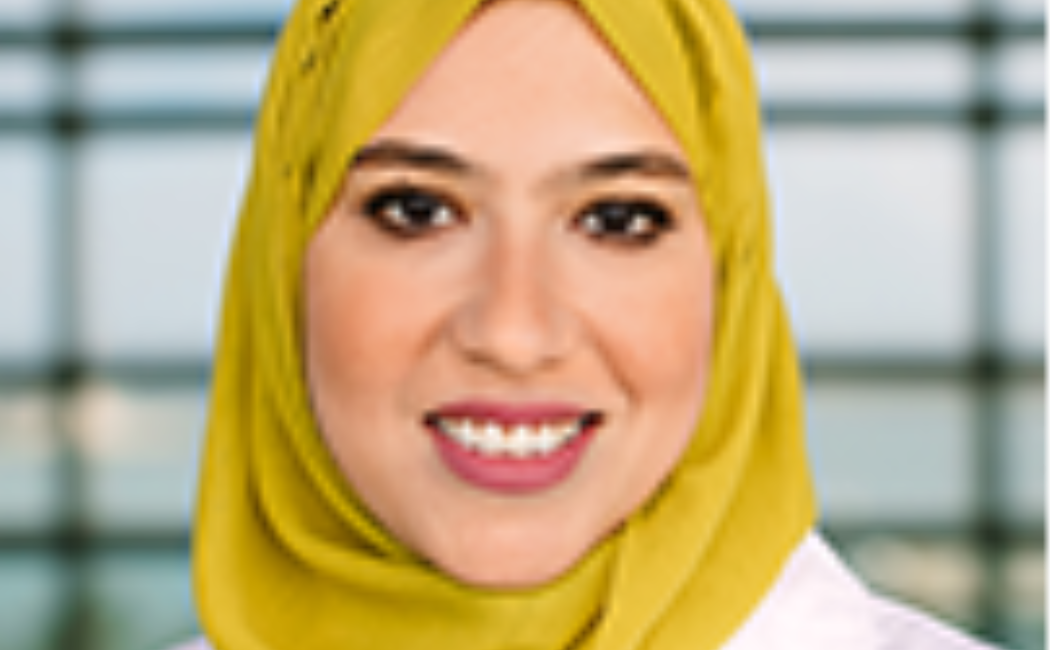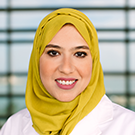



 TITLE: Lysogeny and Phage Dynamics in the Red Sea Ecosystem
TITLE: Lysogeny and Phage Dynamics in the Red Sea Ecosystem
PRESENTER: Ruba Abdulrahman Ashy
ADVISOR: Professor Susana Agustí
DATE: Sunday, November 10, 2019
TIME: 1 pm - 2 pm
LOCATION: Building 2 - Level 5 - Room 5209
ABSTRACT: Phages are the most abundant components of the marine environments and can control host abundances. The severity of viral infections may depend on whether phages are lysogenic, lytic, or chronic, which can be influenced by host activity and by environmental conditions (i.e., solar radiation or temperature). Lysogeny remains to be the less understood process. The Red Sea is an oligotrophic, transparent, and warm sea, which hold some of the most spectacular marine ecosystems. Knowledge of phytoplankton and bacterial dynamics are still limited, and studies on virioplankton dynamics and their life strategies in the Red Sea remain unexplored. We aimed in this Ph.D. research to quantify virioplankton abundance, the variability on viral and bacterial dynamics, and to investigate the occurrence of lysogenic and lytic phages in the Red Sea. We hypothesized that viral and bacterial abundances vary seasonally, responding to the changes in environmental conditions and influence on the percentage of lysogenic cells. Accordingly, we used the flow cytometric technique to enumerate viral and bacterial abundances in the coastal pelagic area during two years of sampling and in the coastal lagoon waters for one year, together with water column distribution in open Red Sea waters. We conducted incubations of natural microbial communities in the laboratory to induce lysogenic bacteria by using the chemical mutagenic mitomycin C. We also explored the influence of host abundance, temperature, and ultraviolet radiation on viral dynamics and lysogeny. Our results showed that the abundances of viruses in the studied areas of the Red Sea ranged from 106 to 107 virus-like particles per mL, and bacteria ranged from 104 to 105 cells per mL. We observed large variability in the values of virus-to-bacterium ratios, and lower values of viral production to those for temperate coastal waters and relatively close to values reported in other oligotrophic areas. Although the lytic phase was prevalent, lysogeny was detected when bacterial abundances decreased. We determined inducible lysogenic bacteria from undetectable to ~56% in the coastal Red Sea, although we found a lower maximum of 29.1% at a eutrophic coastal lagoon. The decay rates of viruses were influenced by UVB exposure, suggesting their susceptibility to solar radiation. Exposure to UVB radiation-induced prophage, which varied between 4 and 34%. Our findings identified the significant role of viral infections in controlling bacterial abundance and the importance of both lysogenic and lytic phases in the Red Sea waters. This study contributes to the understanding of lysogeny in marine phages. However, further studies are needed to better understand the diverse virus lifestyles and the ecological impacts of lysogens in natural bacterial communities and the processes driving microbial population dynamics.